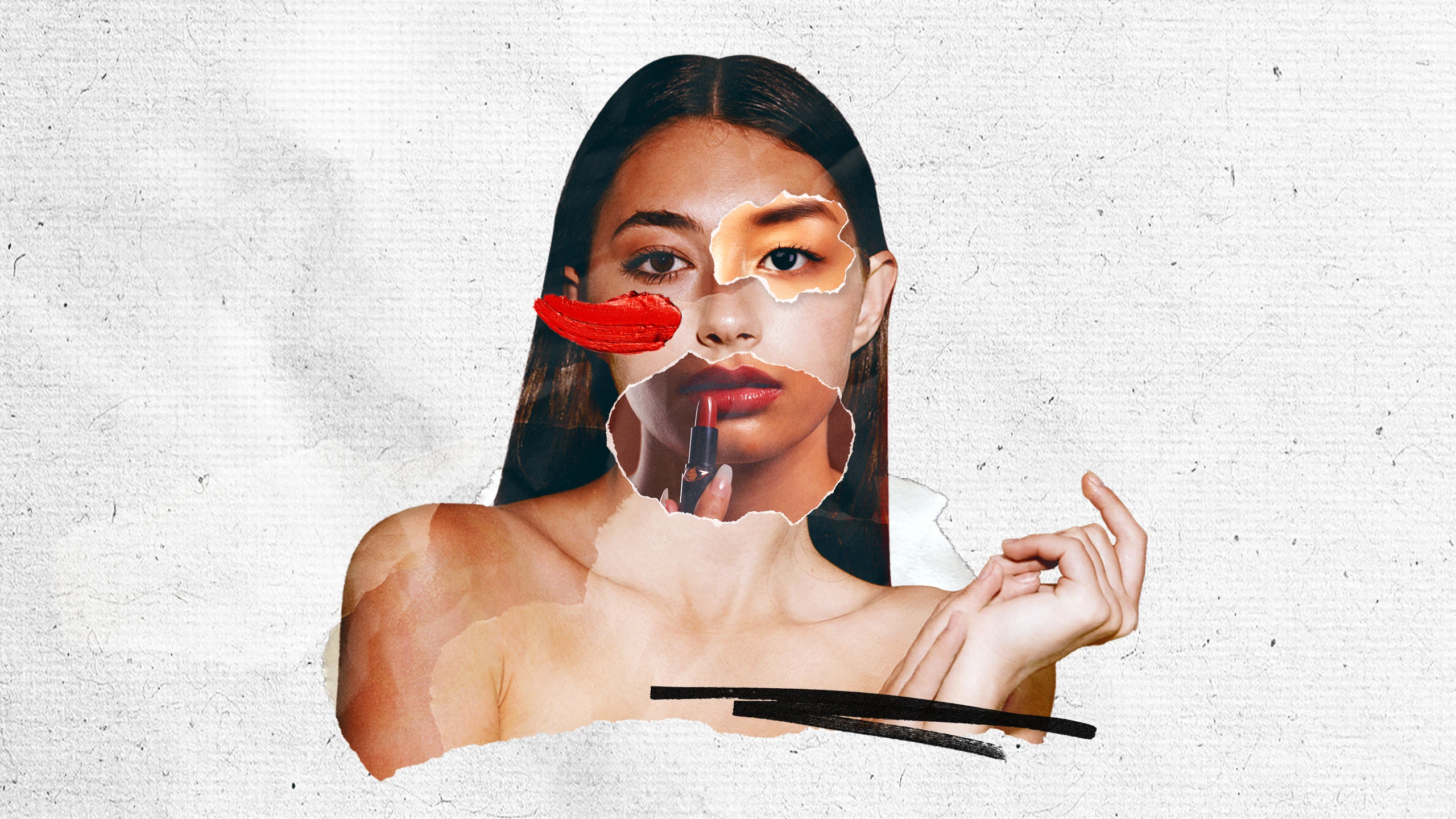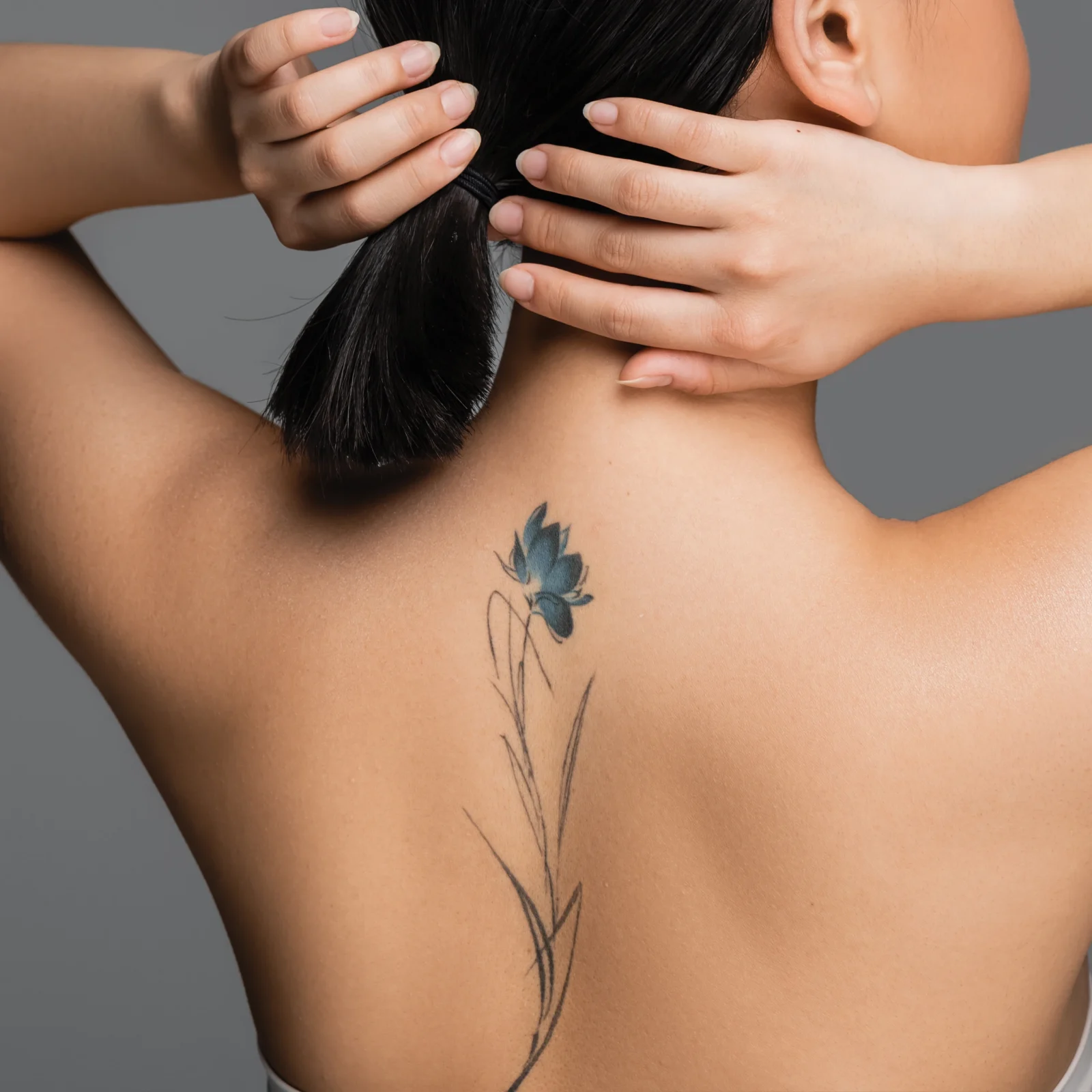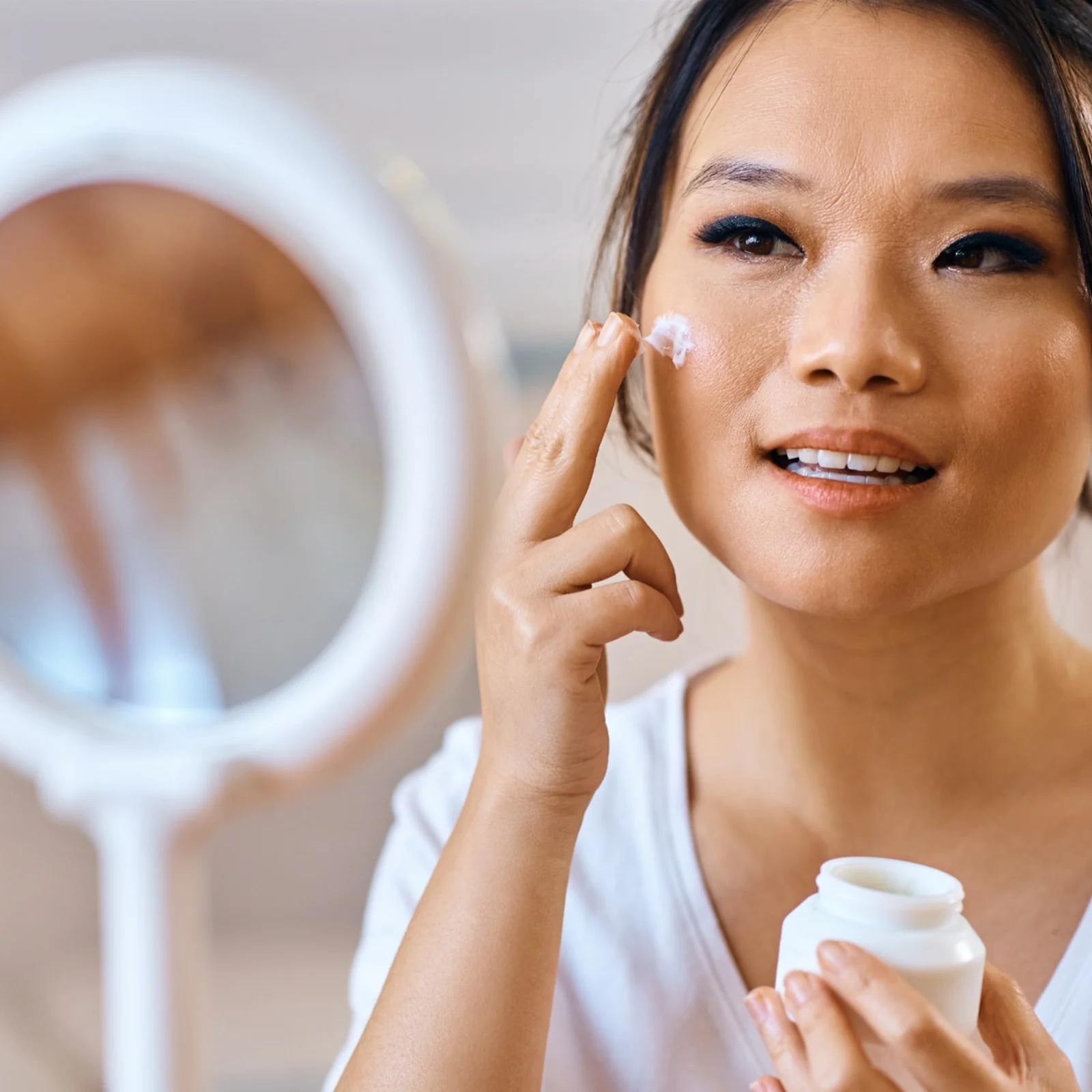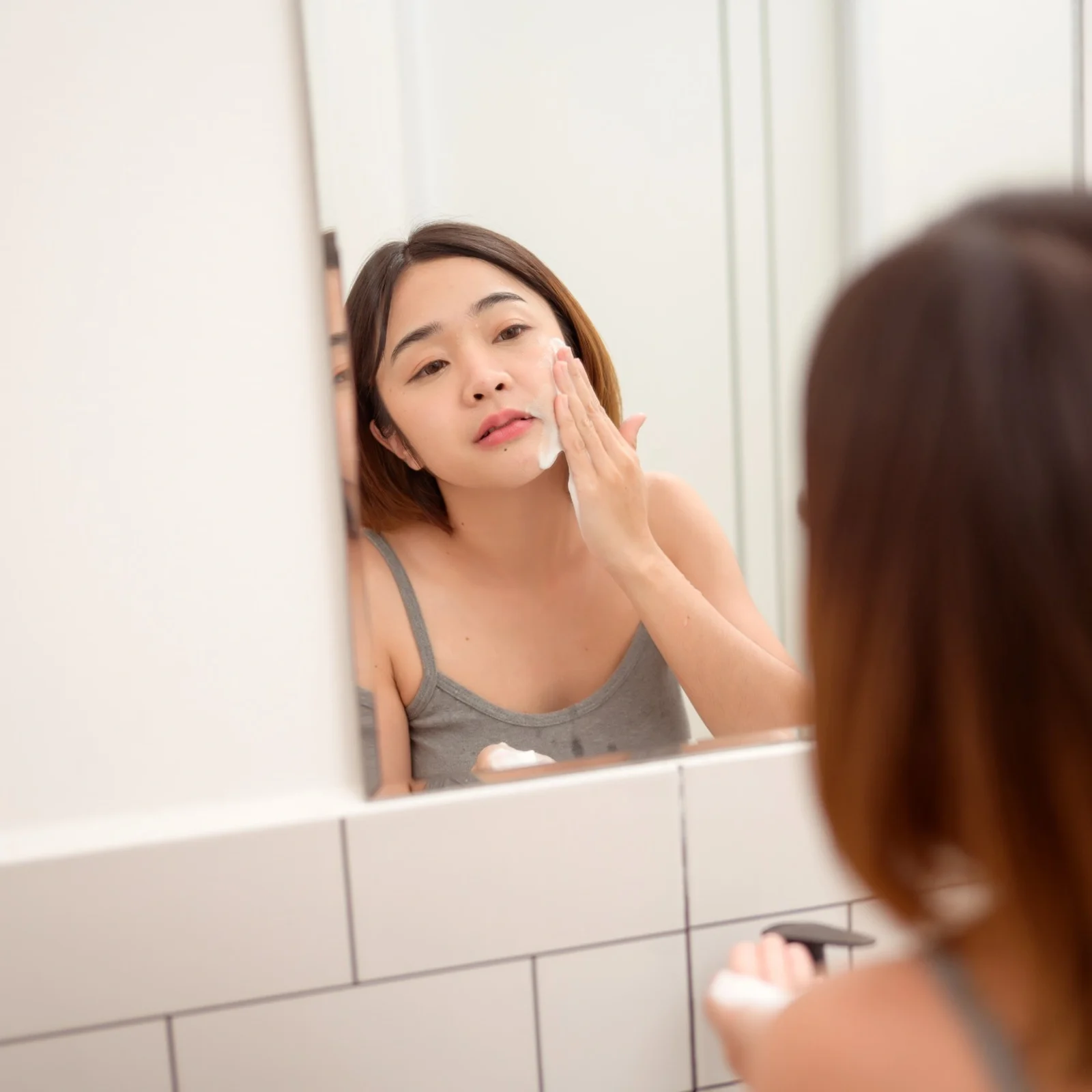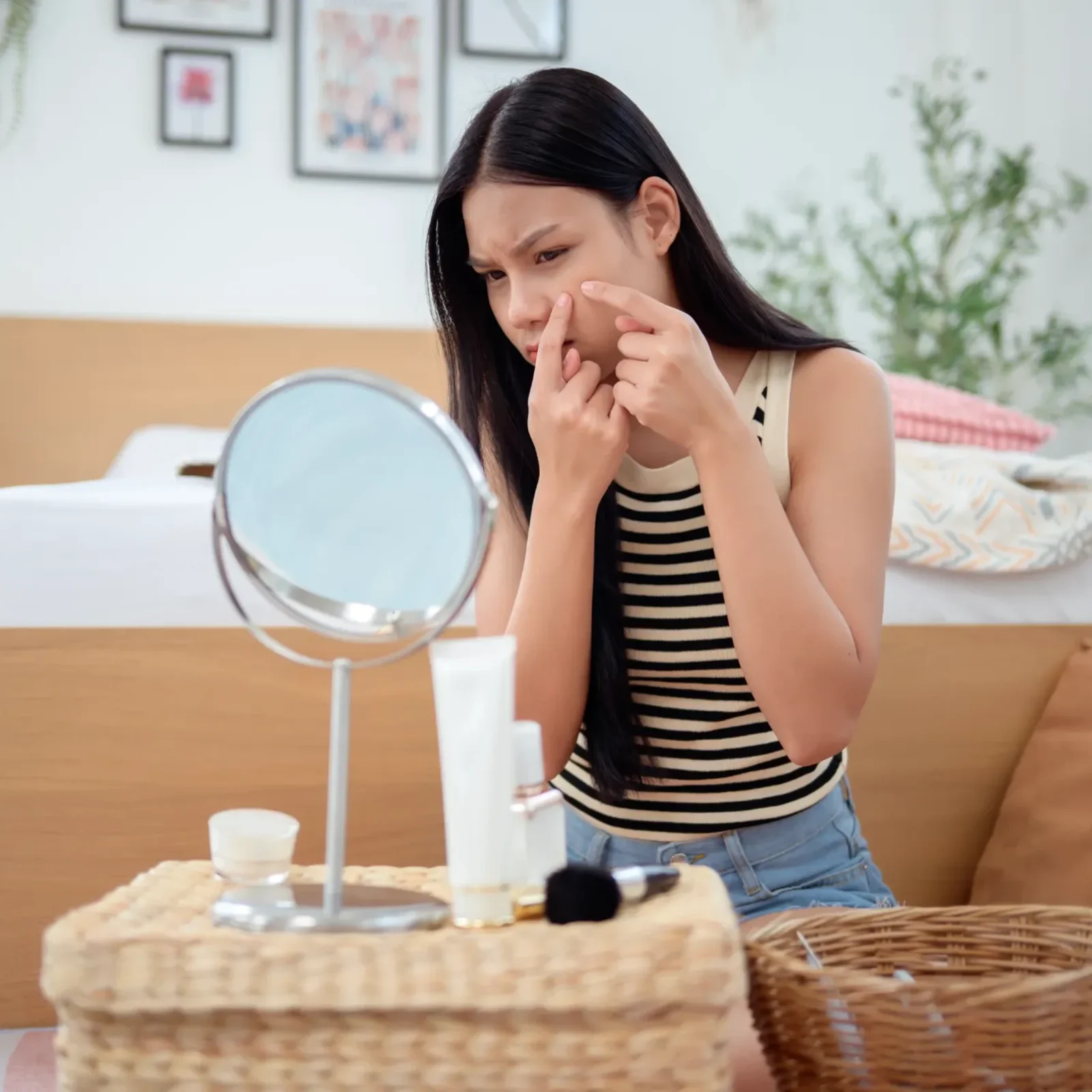Who’s Defining Filipino Beauty?
Filipinos’ beauty standards have evolved, but are the changes enough?
When the Spanish arrived in the Philippines in the 16th century, they observed that the natives had their own established notions of beauty, which varied from one community to the next. In his book Barangay, historian William Henry Scott noted that in the Visayas, skin was tattooed, teeth were filed and stained, and people adorned themselves with gold. Up north, the Tagalogs removed facial hair and plucked their eyebrows monthly. The women also had their own supply of makeup: “tana” eyebrow paint, “pupol” face powder, red kamuntigi nail polish, and yellow barak root for use as a skin lotion.
Many of these traditions faded away, swept aside by colonial power in favor of a homogenized beauty ideal. Over 300 years of colonization, followed by the Western domination of global media and culture, led Filipinos to adopt fair skin, long straight hair, and Eurocentric features as the beauty standard. This reality persists to this day.
Power to the people?
Filipino beauty standards have evolved significantly since the days of Maria Clara. Slowly but surely, change is happening, thanks to power shifts in various global industries and the juggernaut of the internet and social media. However, we must ask: Is this change real? Is it permanent? And is it enough?
In her thesis, Colonial Faces: Beauty and Skin Color Hierarchy in the Philippines and the U.S., sociologist Joanne L. Rondilla, PhD, wrote, “Striving for ideal beauty is always a complicated issue because notions of beauty are constantly changing. This is partly to satisfy market needs and demands, and to affirm the powerful.”
In a Zoom call with Allure Philippines, Dr. Rondilla thoughtfully discussed what is happening, especially on social media. “I think social media, at least today, has given us the illusion of the democratization of beauty standards. And the reason why it gives us that illusion is because of its reach,” she says. “It gives us the illusion of democracy in action, but what it really shows is power in action because it’s so easy to manipulate.”
While she acknowledges moments of democratizing beauty, she observes that these “often turn toward expressions of power.”
The view from the other side
If beauty is a reflection of power, then discussions around beauty standards will involve those who wield and convey power. In our reality, this means brands, corporations, and influential individuals.
One such person is Vicki Belo, MD, who has built a beauty empire in the country with the lofty goal of making the Philippines “the most beautiful country in the world, one person at a time.”
Dr. Belo was instrumental in normalizing once-taboo aesthetic surgical procedures and popularizing many non-surgical treatments. Though her views are sometimes controversial, she doesn’t shy away from the conversation. In an email interview, she was forthcoming about the changes she has seen in her clinics nationwide.
“Over the years, I’ve witnessed a significant shift in Filipino beauty standards in my line of work. In the past, there was an obsession with achieving whiter, Caucasian-looking skin. Many clients would come to my clinic specifically seeking treatments to lighten their complexion, often believing this was the ideal standard of beauty based on Western standards,” she says. “Don’t get me wrong, there are still Filipinos who see being white as beautiful, but I’ve really seen a change in what people ask for when they come to the clinic.” She attributes much of the change to “the rise of social media and the global connectivity it fosters.”
“Platforms like Instagram and TikTok have given Filipinos access to a broader range of beauty ideals from around the world,” Dr. Belo says. “As we connect with diverse cultures, there’s a growing acceptance of different skin tones and features, encouraging individuals to embrace their own unique beauty instead of conforming to a singular standard.”
Changes are also evident in advertising agencies. Iea Nepomuceno, the head of culture and director of special projects at advertising agency Havas Ortega, echoes the influence of social media. “Much of the work we do in advertising includes social listening to better understand current conversations and the underlying motivations behind them… Additionally, the ‘less-controlled’ nature of social media compared to traditional media allows online conversations and beauty content to reflect, to a certain extent, our evolving attitudes and perceptions toward beauty.”
However, she is blunt about certain realities. “‘Whitening’ still exists, but the language has shifted to [become] ‘brightening’ and ‘lightening,’” Nepomuceno says. “The beauty standards around aging have definitely persisted. We continue to find more ways to look younger through skin care, makeup, and, to some extent, fitness. There’s even an ongoing conversation online about how millennials can look like they’re in their 20s while being in their early 40s.”
Agents of change
So, what have we really accomplished? Having worked as an editor for various titles, I’ve seen change, much of it driven by the younger generation and various communities.
Globally, once-impervious Western media companies have responded to calls for more representation, spurred by the demand for diversity and inclusivity. Runways have opened up to different body types, and beauty companies have released makeup products to cover a wider spectrum of skin tones and needs. Was it all perfect? No. And we can argue that at least some of these efforts seem performative or tokenistic. But the fact that these issues are now part of conversations in boardrooms and executive offices is a win.
Traditional media has also been changing their language and stance on who—and what—is beautiful. Fashion magazines are now featuring scientists, environmentalists, and public servants on their covers—no makeovers necessary. Olympians Hidilyn Diaz and Carlos Yulo, who won gold for weightlifting and gymnastics respectively, have also helped turn the focus on fitness and health. Diaz in particular has spoken up on celebrating one’s body, highlighting her muscled physique in glamorous ad campaigns and magazine features
We need not look far. Take a look at the array of bodies in popular run clubs and yoga classes. On social media, especially in TikTok, we see people normalizing wrinkles, acne, and body hair. Influencers and regular folk alike aren’t afraid to bare their bodies or dress in fashion that was once deemed reserved for supermodels. And you know what? They look amazing.
Through the noise, real discourse is happening—however chaotic.
Beauty in chaos
When asked who or what will continue to drive change, Dr. Rondilla cautions against being too overly optimistic about where and how the change is happening. “To me, social media is not necessarily the tool; it’s not where we democratize beauty. It’s where we reinforce it by giving the illusion of democracy,” she says. “As long as power is at play, there will always be beauty standards.”
To make concrete changes, she points to education. “Education is important because, even for me, I’m still learning,” she says. “When we look at beauty standards—especially when they become so oppressive—there are moments in history where a different type of beauty was celebrated.” She also emphasizes the importance of niche communities: “There will always be communities that embody what possibility can look like. It’s important to recognize that and seek out those spaces.”
In her book Bad Feminist, Roxane Gay explores essential feminism and the idea that there are right and wrong ways to be a feminist. This concept could cause many to abandon the cause because they feel they don’t meet all expectations or overlook the experiences of others, particularly minorities. It’s perhaps similar to beauty standards, which are tied to a myriad of concepts—feminism, racism, colorism, intersectionality, and generational trauma—unfolding rapidly across populations. It will be messy, and no doubt we will get it wrong. But the discourse needs to continue because it will lead to a better understanding and, hopefully, lasting, real, positive changes for all Filipinos. The journey is odd, but somehow, beautiful.
- KEYWORDS
- morena
- social media
Latest Stories
You might also like
To provide a customized ad experience, we need to know if you are of legal age in your region.
By making a selection, you agree to our Terms & Conditions.